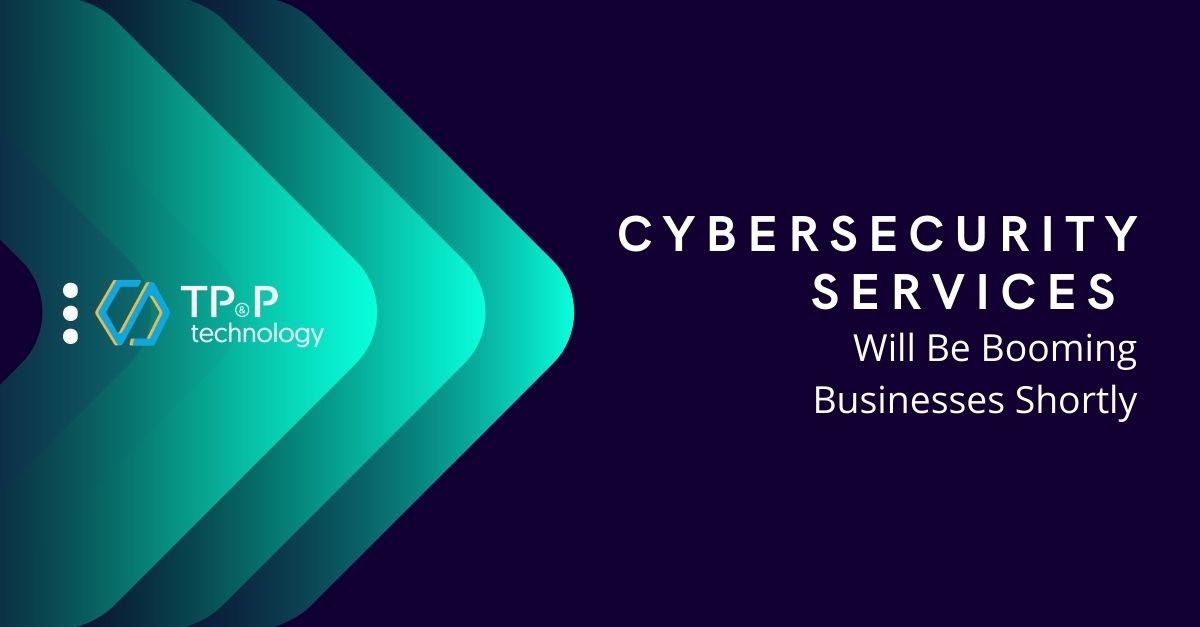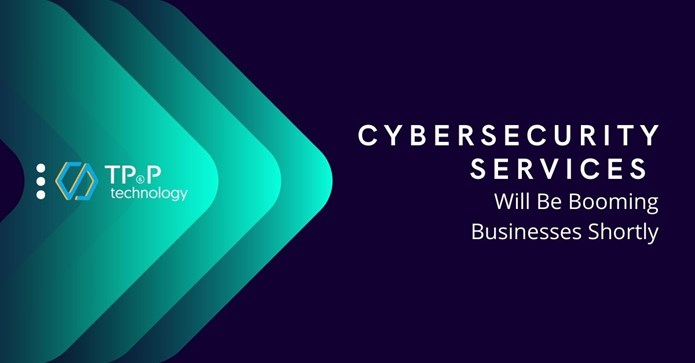
Cybersecurity Services Will Be A Booming Businesses Shortly?
The rapid increase of cyberattacks gives rise to an unprecedented demand for software services and employee training.
Over the past few months, the sudden shift to work from home has been one of the main reasons for the continuing threat of cyberattack proliferation. FBI’s Cyber Division has received more than 400 percent of the complaint regarding cybersecurity. Malware attacks, phishing attempts, and other types of cybercrimes are expected to hit record at the end of this year.
Recent attacks are just the tip of the iceberg because the escalation of digital transformation cases has substantially increased, exposing virtual threats over the past few weeks.
As a result, more than 70 percent of IT security managers have planned to significantly increase budgets for cybersecurity the next year. This is time to look at the workforce driving the demand for IT security solutions in the current decade.
Cyberattacks associate with the pandemic
Working from home is one of many solutions that help prevent the spread of the coronavirus among humankind; however, it increases the computer virus infection cases. Opportunistic cybercriminals take advantage of the crisis to enrich their pockets. The number of cybercrimes has escalated by 25 percent between quarter 4, 2019, and quarter 1, 2020.
These malware and ransomware attacks associated with the coronavirus theme, exploiting the fear using misleading information about the vaccines, face masks, and short-supply, hackers, and cybercriminals setting clickbait to entrap victims. In recent months, criminals are pretending to be a reliable source of information like the World Health Organization (WHO) to trick victims into paying some sorts of virus testing kits or providing personal information like bank accounts, home address, tax number. In addition to that, the big four firm KPMG reveals that most of the attacks related to financial fraud.
According to the data published by HM Revenue and Customs (HMRC) and ITProPortal, the amount of coronavirus-related phishing attacks peaked in May, which is double the number of cybercrimes in the previous month. In July, more than 130 influential accounts were hacked after Twitter’s internal systems were compromised.
Five sectors predicted are prone to cyber-attacks due to the lockdown are Healthcare, Private sector, Banking, E-commerce, and Government.
Both Gartner and Forbes have claimed that the data security market will increase by 7.2 percent and worth 2.8 trillion USD. This is the result of Twitter (and other social media sites) vulnerabilities to malware attacks, small and large enterprises will spend more on institutional security.
Data leaking raises new concern
When the General Data Protection Regulation (GDPR) came into effect in 2018, it was seen as the beginning of a new era of privacy - at least in the European Union and the European Economic Area; because the recent legislation limits the data collection capabilities of EU citizens and provides more control to users.
Even so, data breaching cases does not decrease. Not too long ago, data leakage of hundreds to million people would have made its way to the front page, now a breach that affects millions of people is far too common.
Need help with Cybersecurity? Contact TP&P Technology - Top Vietnam Software Outsourcing Company Today.
The number of data breaches reached a peak in 2020. Several large-scale data breaching cases have taken place this year. In March, the Marriott hotel chain announced 5 million of its loyalty program members’ data had been leaked. This is the second time in two years that this hotel chain has undergone serious damage from data breaches.
Another case would be the popular video conferencing app Zoom, which was also exposed to data stolen: 500,000 information of their users were advertised for sale.
What we should do about this
Understanding the loss data breaches and computer viruses can be costly to one business, we strongly recommend every company to invest in cybersecurity software solutions and in employee annual training and education.
Oddly said, but even employees of big technology companies still lack basic IT security skills. In 2016, a Dropbox employee reused a password, leading 70 million customers passwords stolen by hackers incident is an embarrassing case.
Applying AI and Machine Learning Into The Future Of Cybersecurity
Cybersecurity Ventures predicts that there will be roughly around 3.5 million cybersecurity jobs that need to be filled by 2021. AI and Machine learning have great potential for eliminating and mitigating the risk of data breaches and malware prevention.
In our previous blog post about Artificial Intelligence and its applications in cybersecurity, we have mentioned how you can utilize AI in detecting malicious activities, preventing cyberattacks, analyzing mobile endpoints for cyber, automating mundane security tasks, improving the way we analyze threats and deal with attacks, etc.
The future of cybersecurity
Seeing the ongoing development of any online community, including cybercriminal activity and law enforcement, is no different than seeing the evolution of the offline community back when the Internet wasn’t invented.
There will be more hackers and they will become more sophisticated in the crime. Darren Gallop, the CEO, and Co-Founder of Securicy, an information security management platform for businesses said that SME will be the target of cyberattacks since they often lack information security knowledge and IT talents to keep their resources safe from thieves.
Cybersecurity solutions' main functions are still identifying, cataloging, and protecting organizations against cybercrime threats. Analysis and automation also contribute to a safer cyber life. The modern cybersecurity solution will use a combination of human behavior research, and modeling risk scenarios to apply AI to focus on the organization’s entities which have higher chances of being exposed to risks.
When such solutions learn about our behaviors (machine learning) and patterns, they get smarter and can know what actually makes up risks rather than flagging all suspicious activity.



